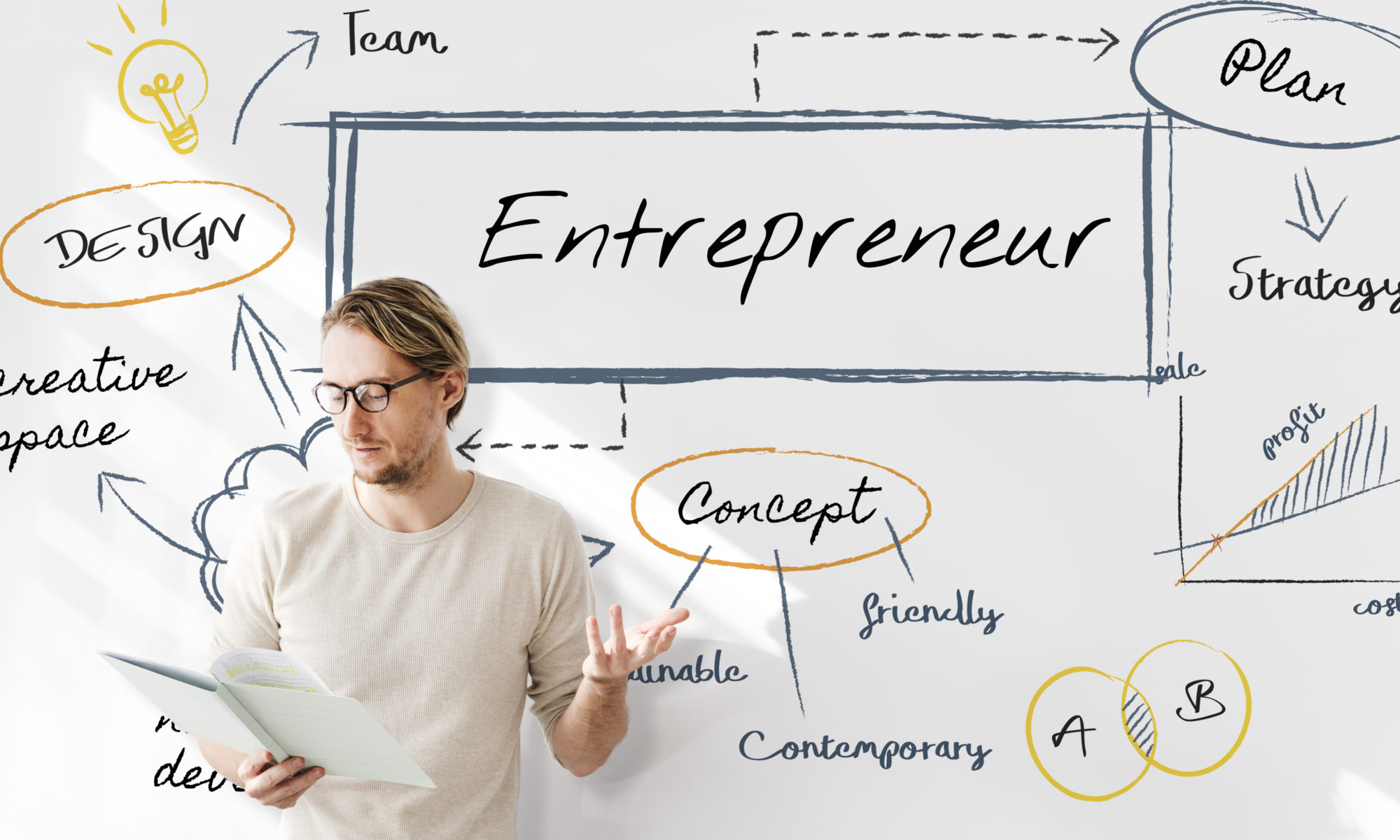Written by Dora Cheatham, Program Manager, Emerging Enterprise Center
While a rose by any other name would smell as sweet in the world of Shakespeare, that’s not necessarily the case in the world of marketing. As a friend profoundly stated recently “standing in a garage doesn’t make me a car.”

Whether you’re a multi-national firm or a one-man band, B2C or B2B, your brand is your calling card and in a world where we are inundated with choice, your brand becomes increasingly important. Why? When a customer wishes to make a purchase, once the objective decisions of specifications, price, and quality are made, what’s left is the subjective confidence that a reputable brand name brings with it.
While consumer marketers focus heavily on branding, B2B marketers still have a way to go. A 2007 study by James Gregory and Donald Sexton showed just how much wealth is locked up – both in terms of revenue and market capitalization – in B2B brand equity, and how failing to build on that can be costly. Eccles et al in an article on companies and their reputations also state that 70% – 80% of market value comes from “hard-to-assess intangible assets such as brand equity, intellectual capital, and goodwill”. So it is important that companies nurture not only their reputations but also their brand.
So how do you build a brand?

Building a brand takes time, patience and, most importantly, consistency. The 4 steps of a reputable brand are quality, differentiation, added value, and full potential. As you climb each step, you gain market share, brand recognition, product loyalty and profit margins.
Step 1: Quality – The foundation and starting point of a reputable brand is a product or service that is consistent in quality and delivery. However, given the number and frequency of imitators that inundate the market, a quality product alone will barely allow you to sustain a business long term, let alone build a brand! Ideally, you should also build in superior performance and barriers to competitive entry, as well as continuous innovation.
Step 2: Differentiation – The “personality” of your product line(s) and business. This should be incorporated in the essential marketing elements: your marketing communications, packaging, brand names and logos. These should work in concert to support not only the performance and delivery of your products but also the personality of your business.
Step 3: Added Value – Also known as the “augmented brand”, you add value by meeting expectations beyond what is required: exceptional customer service, guarantees, terms or credit, consultative guidance are all ways that businesses offer added value. These are benefits to the customer that have the additional advantage of being harder to imitate by existing or potential competitors.
Step 4: Full Potential – The hardest to achieve, a brand reaches its full potential when“its added values are so great that the customers will not willingly accept substitutes even when the alternatives are substantially cheaper or more readily available.” (Doyle & Stern). Ferraris and Rolexes aside, the ability to reach full potential is based on often psychological intangibles – why is Coca-Cola the leading brand over Pepsi despite the fact that Pepsi wins the taste test? In an article on adapting branding to social media, Patrick Barwise and Sean Meehan identify 4 basics when developing a brand’s full potential: a clear customer promise, building trust by delivering on it, continually improving on the promise, innovating beyond the familiar. I would add Simon Mainwaring’s characteristics of self-definition, transparency, authenticity and accountability. Ultimately, it is the customer’s complete satisfaction and confidence in the company and its products.
A Final Word
Never forget your customers. The brand is important, but the goal of marketing is to get – and keep – customers. So while you are creating brand awareness, make sure you are connecting with your customers in the way they want you to. Listen to both current and potential customers for insight; tap into their creativity for new product development; respond to their reactions – both positive and negative – to your products and services. Remember that ultimately you are selling to them, not to yourself, and responding to them is one more step in reaching your full brand potential.
